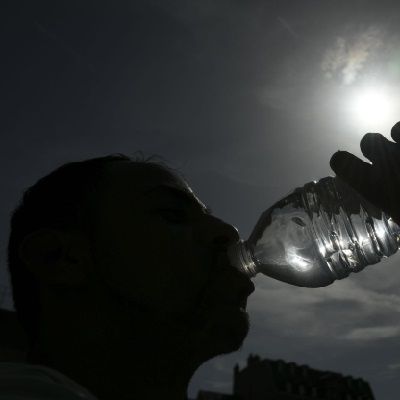As Heat Wave Engulfs Europe, Still No Air Conditioners Are Used
Jul 28, 2019 • 49 views
What is a heat wave?
Owing to the fact that there is a huge variation in climate in different parts of the world, there is no specific definition to what a heat wave is. But as a generalized concept, these are the hot period in a season they are not supposed to be, usually ranging five degrees or above the average maximum temperature over a span of three days or more.
This year, the mercury level in Paris went through the roof with a record temperature of 42.5 degrees Celsius. Although it left the citizens across northern Europe battling an unforeseen heat wave, it didn`t stop just there, the ferocious heat wave broke records in Belgium, Netherlands as well as Germany with another record breaking 42.6 degree Celsius in the town of Ligen in Germany. Meteorologists say dry and hot air from northern region of Africa was the leading factor for theunforeseen miserable conditionsin northern parts of Europe.
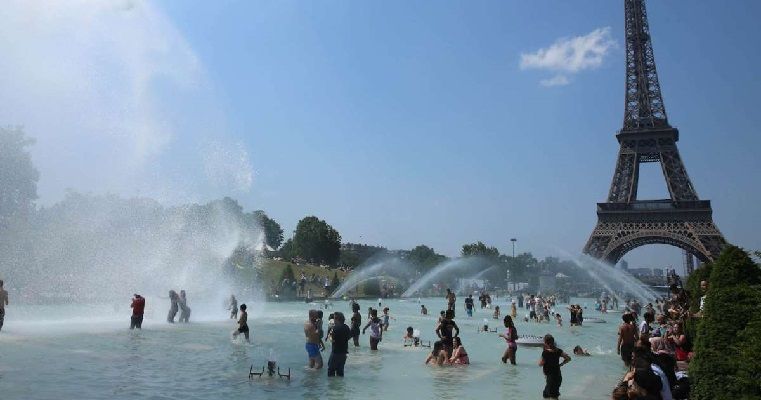
Belgium reached a new level of hotness with a high of nearly 40.6 degrees Celsius at Kleine-Brogel military base. Even though the temperature in UK was slightly below 40 degrees Celsius, it was still the highest temperature for the month of July.
In fact the heat is so high that authorities are forced to slow down trains in many parts to avoid any damage to the railway tracks, along with a huge disruption in other public transport facilities as well. This left many commuters troubled. As a result environment minister of France, Elisabeth Borne requested citizens to work from home as much as possible and skip office. Along with these, authorities have restricted fresh water usage in many parts while Paris being under red alert.
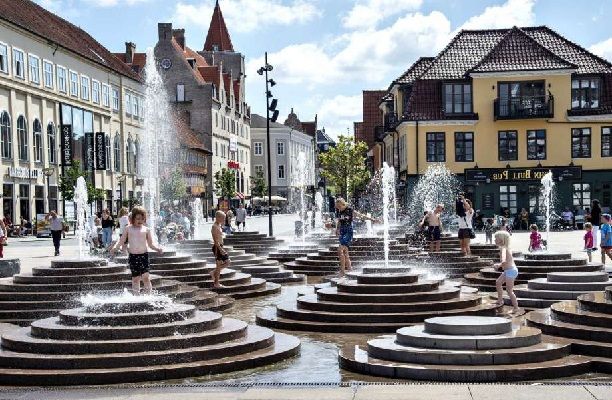
How are they battling this brutal heat wave without air conditioners?
Inspite of the fact that heat wave have gripped a major part of Europe most of them have not chosen the easy way out. Reports say they have plunged fully clothed into various fountains to cool themselves as well as dangled their feet in kid pool at cafes. But the most noticeable fact is, they are not using air conditioners.
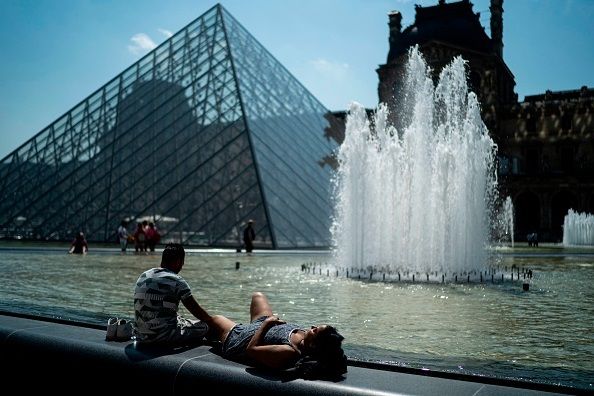
Although the ancient European architectures have successfully kept them cool for years but since those engineering approaches can no longer be used in modern world, experts have suggested simple steps to achieve similar results. These include rather than placing shutters outside the buildings, they are placed inside.Not only that, several modernized approach have also proved effective as an alternative to air conditioners. In Paris, a 49-mile underground network of tunnels keeps a big part of the city cool, this also includes the magnificent Louvre Museum.

Since most houses and cafes in France do not have AC units installed in them, tourists and locals have been advised to head to places like stores, museums, movie theatres to seek relief from the scorching heat. Along with these authorities are suggesting people to go to green places for keeping cool, agents are distributing paper hand-fans and water bottles to public.
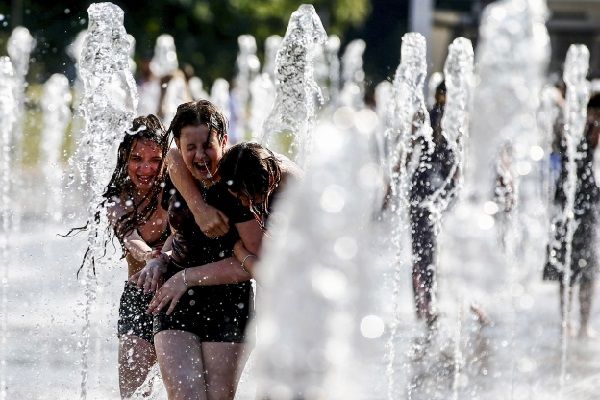
According to a report by the International Energy Agency, Europe accounts for nearly 6percent of the global usage of AC units, whereas United States with 23percent and China at a staggering 35percent. This figure is surprisingly low to just 2percent in Germany.
Air Conditioners basically cools the inside adding further heat to the outside, eventually leading to a detrimental and disastrous effect on the environment.
